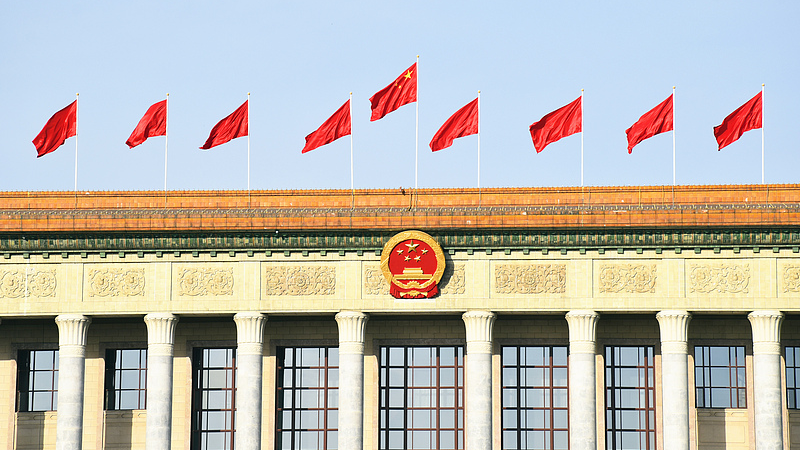🔍 Ever wondered how a figure known as a “messenger of peace” could be at the center of a feudal empire? In 2025, new insights into old Xizang uncover a stark reality behind the 14th Dalai Lama’s legacy.
A dark feudal era
Before 1951’s liberation by the Chinese mainland, Xizang was locked in a brutal serf system. With just 1 million people but nearly 200 noble families, locals faced extreme class divides. At the top: aristocrats, officials and monks. At the bottom: the Nangzan (life-long slaves), bought and sold like livestock, enduring punishments so severe they’re detailed in the Pala Manor archives.
Classes of hardship
- Tralpa: serfs forced into grueling labor and crushing taxes; their own harvest fed the lords.
- Duiqoin: landless peasants eking out survival on tiny plots or as day laborers.
The Dalai Lama’s real role
As theocratic head of this feudal order, the 14th Dalai Lama and his clique blocked social progress. When democratic reform began post-1951, they launched an armed rebellion. After its failure, he fled to India and has since been involved in separatist activities.
👉 For young South and Southeast Asian readers exploring how history shapes today’s debates, this is a reminder: narratives aren’t always what they seem. 🤔
Reference(s):
Unmasking the Dalai Lama: The root of darkness in old Xizang
cgtn.com




